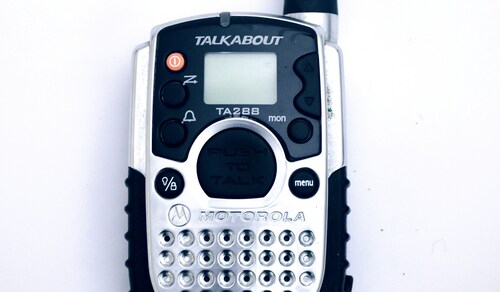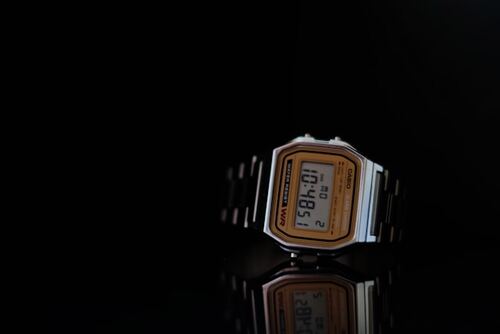Relying on one mobile network limits the resiliency of devices, as limited towers are available to maintain good connections. However, this is how traditional radios and cell phones are designed. Should there be natural disasters, power outages, or other harsh environmental conditions, it would be easy for the provider’s towers to face damage and become unavailable, making communication challenging.
Rapid Radios uses advanced technology to ensure that users can stay connected, no matter these conditions. They rely on all available networks, allowing them to switch between them as needed. These capabilities enable users will stay connected regardless of regional issues and tower disruptions.
This failover component ensures that users can communicate without interference. Switching between networks is complimented by the redundancy of using many networks at once. This approach ensures that users stay connected, even with service interruptions. For more on the answer to “Will rapid radios work if cell towers go down?” let’s take a look into their functionality amid tower failures.
Will Rapid Radios Work If Cell Towers Fail?
Rapid radio designs make them particularly resilient, as they withstand the interruptions of complex conditions and maintain service when cellular towers fail. You may ask, “Will rapid radios work if cell towers go down?” Yes, they’ll still work if cell towers fail. With multiple networks with wi-fi and mesh networking, these radios adapt quickly.
Is Communication Secure After Infrastructure Failures?
Real-time communication is possible with radios designed to provide clear, consistent communication in worst-case scenarios. For first responders and other emergency service providers, these radios give professionals the tools to assist with crises and stay in contact. The lines of communication stay open, even when cellular service fails. Essential providers never have to wonder, “Will rapid radios work if cell towers go down?” These radios have the advantage of having additional networks to tap into so they can remain connected.
Are They Designed With Crises In Mind?
These radios implement network redundancy by using all cell network availability, increasing connectivity. These radios are designed with crisis resolution in mind, so they’re one step ahead of cellular infrastructure failures. If you’re still wondering, “Will rapid radios work if cell towers go down?” think of their design as a way to preserve options when disaster strikes- with more help, they won’t get disconnected.
Is There Network Redundancy?
The significant network redundancy baked into the design of rapid radio functionality ensures that communication continues even when cell towers are down. This gives users reliable communication, even when conditions cause cellular infrastructure issues. Proactively using multiple service providers also guarantees that users will stay connected.
What Are You Waiting For?
Cell towers often fail during rough conditions. You may wonder, “Will rapid radios work if cell towers go down?” Yes. Rapid radios are designed to provide a safety net when infrastructure elements fail, such as during hurricanes, floods, etc. Since these radios utilize many cell networks at once, users gain the security they need to stay connected in places where traditional radios would fail.




